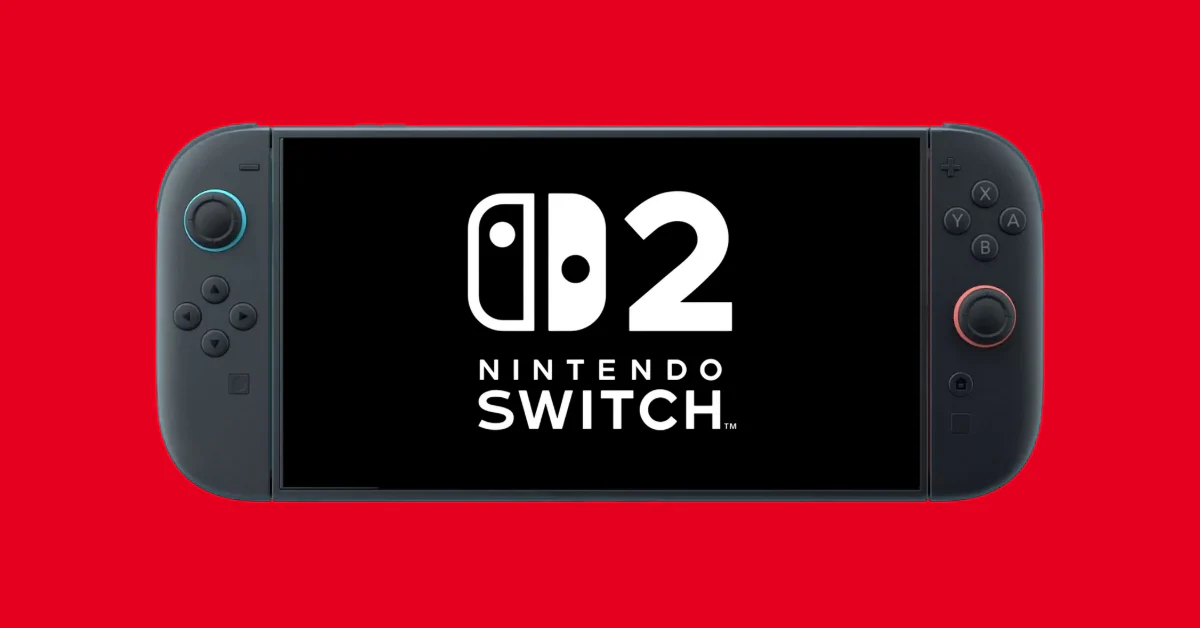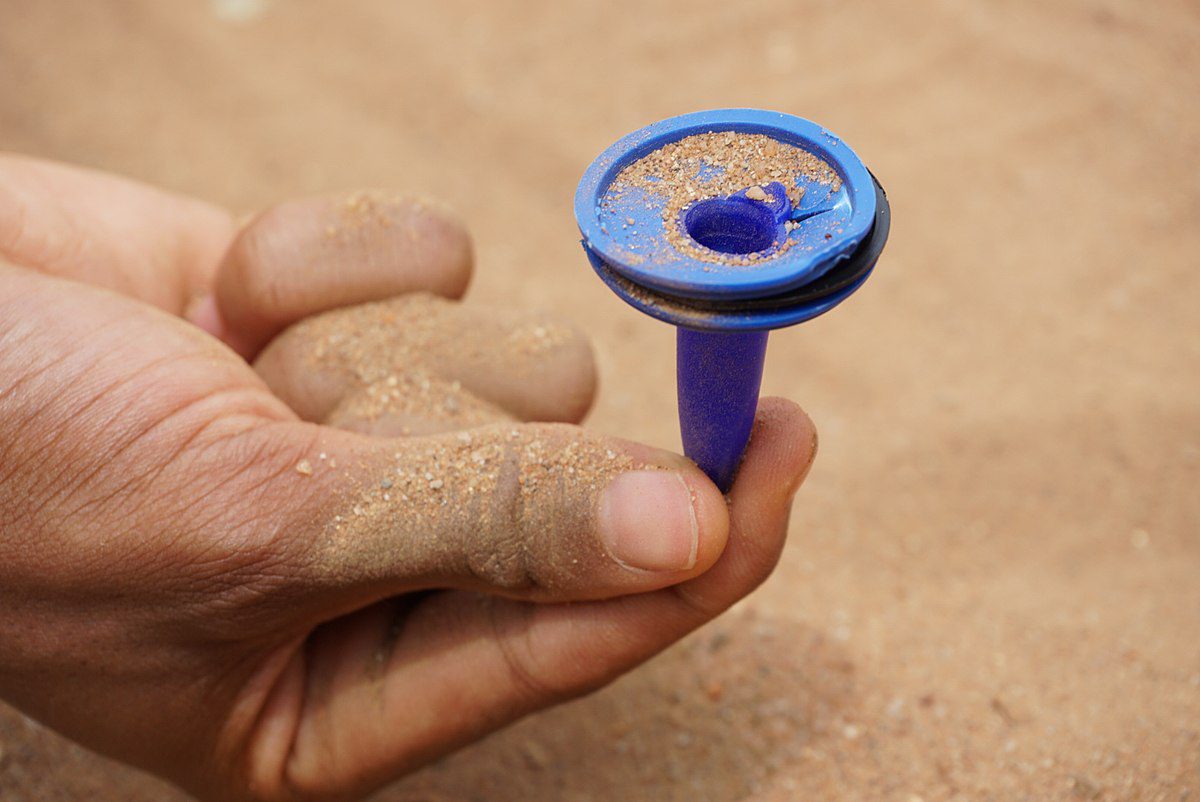Pokemon Developer Junichi Masuda Feared the Cutesy Jigglypuff Would be Rejected by Americans
It’s cliché to look back on the phenomenal popularity of Pokemon and talk about its “humble beginnings,” but franchise origin stories don’t come much humbler than Pokemon’s. Pokemon Red, Blue, and the Japan-exclusive Green was developed as a passion project with tiny teams. After six years of sporadic development, it arrived on the Game Boy, a system that had nearly breathed its last by 1996.
Pokemon’s hurdles to success seemed difficult enough to clear in Japan; the possibility of achieving popularity in the United States was a whole ‘nother can of Wurmples. Pokemon director, designer, and composer Junichi Masuda worried Pokemon’s turn-based RPG format would be a turn-off for Americans. He was also afraid westerners would give the game the cold shoulder because of cutesy Pokemon like Jigglypuff and Clefairy.

“At first, we were told that the Pokemon were too cute to be successful in the U.S. and that we should change the design of the characters,” Masuda tells us via an email interview. “At the time, it wasn’t common for RPGs from Japan to be popular overseas. I remember being worried that players outside of Japan wouldn’t accept Pokemon for what it was.”
Pokemon’s original roster of 151 monsters range from “tough and cool” to “so very fluffy and cute.” While Masuda expected intimidating Pokemon like Charizard and Mewtwo to find an American audience, he was afraid the rounder, pinker Pokemon on the roster would be scorned. “Thankfully, my worries proved to be unfounded,” he says, “and all of the Pokemon found their fans even outside of Japan.”
There’s a good chance the Pokemon anime helped endear Westerners to the likes of Jigglypuff. Who can forget the strawberry-colored menace singing its audience to sleep, growing irritated at such a rude show of inattentiveness, then scrawling on the sleepers’ faces as a “take that?” Charizard’s power and Mewtwo’s dark, deadly moods can’t bring the laughs like a Jigglypuff scorned.
Masuda admits introducing the West to the Pokemon anime alongside the games was a smart move overall. We eventually received tons of merchandise and the card game to help fuel PokeMania but putting the anime on U.S. airwaves was top priority. “We decided to start with the animated TV series,” Masuda says, “and I think that strategy really paid off.”
Pokemon Red and Blue came westward long before social media was born (though fans were already hard at work constructing Pokemon webpages). Masuda’s fears about Pokemon finding a fanbase amongst Americans weren’t alleviated until 1999 when he attended a screening of Mewtwo Strikes Back (localized here as Pokemon: The First Movie in LA.
“Once I arrived in the U.S., I saw just how many Pokemon products were on store shelves. There were far more products than I expected, and I remember being very surprised,” he recalls. “Seeing the sheer number of products available in the shops was probably the first time I truly realized just how big Pokemon had become.”

Masuda also talked to Polygon this week about the struggles his little team came up against when making Pokémon Red and Green (“Even when we were talking to our friends in the industry and saying that, ‘Oh, we’re working on a Game Boy game,’ they were like, ‘Really? You’re working on a Game Boy game? That’s not going to sell very well, don’t you think?’”). He also muses about the difficulties of re-visiting the Kanto region in an age of high-speed internet, smartphones, and other major technological advancements made since 1996.


